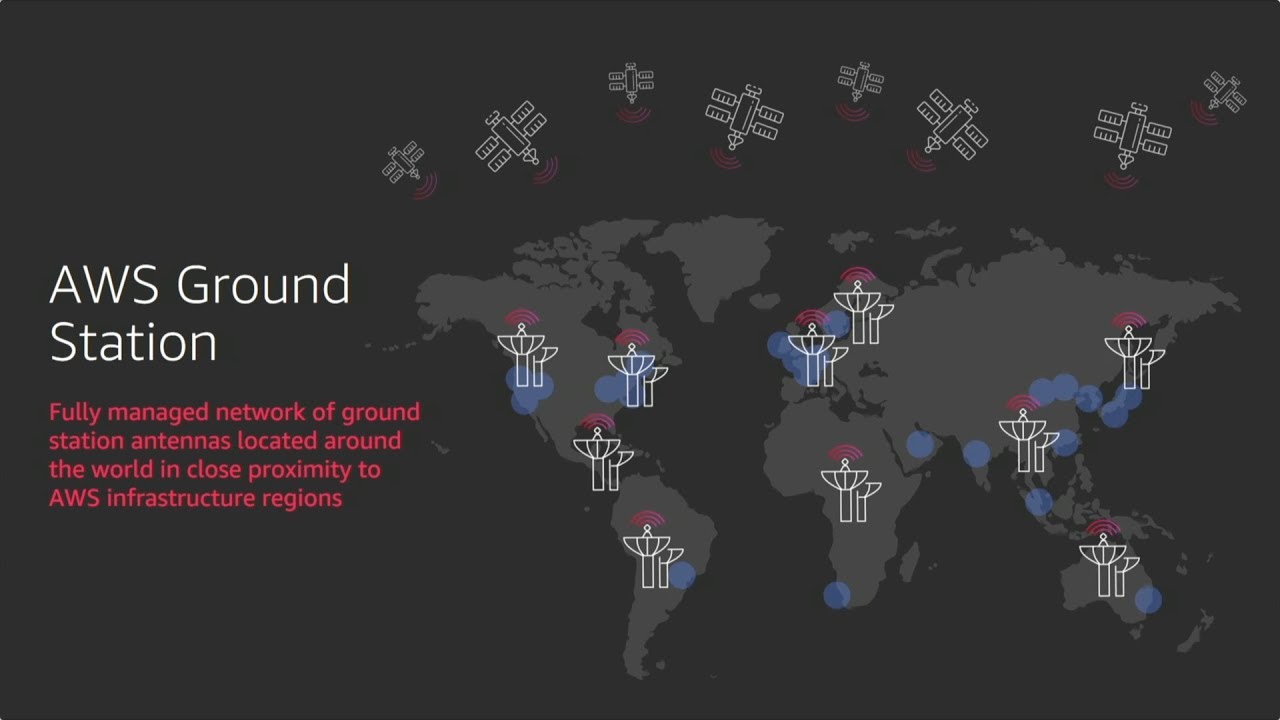Unveiling the Sky: A Beginner's Guide to Using Ground Station in AWS
 Sumit Mondal
Sumit Mondal
Introduction:
In the vast expanse of the digital cosmos, managing satellite communication can be a daunting task. Fortunately, AWS Ground Station swoops in like a trusty spacecraft, simplifying the process of communicating with satellites and collecting data. This blog aims to be your celestial guide on how to use AWS Ground Station in a straightforward, easy-to-understand manner.
Chapter 1: Ground Station Essentials To embark on our cosmic journey, it's crucial to understand the basic components of AWS Ground Station. At its core, AWS Ground Station is a fully managed service that lets you control satellite communications, process satellite data, and scale your satellite operations without the headache of building or managing your own ground station infrastructure.
Chapter 2: Setting Up Your Ground Station Getting started with AWS Ground Station is as easy as launching a satellite into orbit (virtually, of course). Begin by navigating to the AWS Management Console and selecting the AWS Ground Station service. From there, you can set up your ground station and choose your desired configuration options, such as region and frequency.
Chapter 3: Scheduling Satellite Communication Once your ground station is ready, it's time to schedule communication with your satellite. AWS Ground Station provides a user-friendly interface to create and manage contacts. Specify the satellite, the time window for communication, and the frequency band. AWS Ground Station takes care of the rest, ensuring seamless communication between your ground station and the satellite.
Chapter 4: Monitoring and Managing Operations In the vastness of space, keeping an eye on your satellite operations is crucial. AWS Ground Station offers robust monitoring tools to track the status of your ground stations and ongoing communications. Real-time dashboards provide insights into the health of your operations, making it easy to identify and address any issues that may arise.
Chapter 5: Data Processing and Analysis Once the data from your satellite is transmitted to your ground station, AWS Ground Station allows you to process and analyze it with ease. Leverage other AWS services, such as Amazon S3 and Amazon EC2, to store and process the data. This seamless integration ensures that you can extract meaningful insights from the vast amounts of information collected from space.
Conclusion:
Navigating the cosmos of satellite communication has never been more accessible, thanks to AWS Ground Station. This beginner's guide aimed to demystify the process, from setting up your ground station to scheduling communication and processing data. With AWS Ground Station, you can boldly go where your satellite data leads, armed with the simplicity and power of cloud-based infrastructure. Happy stargazing!
Subscribe to my newsletter
Read articles from Sumit Mondal directly inside your inbox. Subscribe to the newsletter, and don't miss out.
Written by

Sumit Mondal
Sumit Mondal
Hello Hashnode Community! I'm Sumit Mondal, your friendly neighborhood DevOps Engineer on a mission to elevate the world of software development and operations! Join me on Hashnode, and let's code, deploy, and innovate our way to success! Together, we'll shape the future of DevOps one commit at a time. #DevOps #Automation #ContinuousDelivery #HashnodeHero